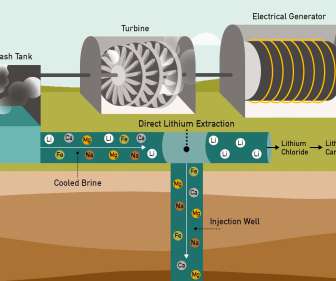Industry study finds lead-acid to remain most wide-spread automotive energy storage for foreseeable future; new chemistries continue to grow
Green Car Congress
MAY 28, 2014
Overview of the three vehicle classes identified in the study, and their corresponding battery technologies. At high voltages, lead-based batteries are so far limited by their more modest recharge and discharge power and capacity turnover. Click to enlarge. regenerative braking) when its capability for electric drive is depleted.






















Let's personalize your content